Life, Stilled
By Mark Carnall, on 9 July 2013
Conjure up in your mind, if you will, a natural history museum and you’ll probably be picturing skeletons, taxidermied animals and maybe specimens preserved in fluid. Recently, I spent some time with Rosina Down, the curator before the curator before me, having a look at some of the more unusual specimens we have here that were prepared on site at UCL in the 1980s.
We have a number of specimens which, at first glance, may looked like they are taxidermy- animals with the insides removed and the shape of the animal supported by an internal ‘skeleton’ padded out with, sometimes, whatever came to hand. In fact some of the specimens you see on display in the museum aren’t taxidermy but are freeze dried (including the mouse above). Freeze drying of zoological specimens for use in display and teaching was pioneered by Reg Harris, curator of the Museum of Zoology and Comparative Anatomy (now the Grant Museum). After 18 years as the curator at UCL, Reg Harris left UCL in 1956 and set up the experimental laboratory at the B.M.N.H (now the Natural History Museum). Harris published many articles on preparation techniques and when he retired in 1980, the equipment from the laboratory was purchased by UCL and the freeze dried specimens you see here were prepared by Rosina Down and teaching lab technician Jenny Thompson. Simply expressed, freeze drying of specimens involves freezing remains and then removing the water via a process of sublimation in a vacuum chamber (Harris 1964)*. The advantage of this technique is that specimens are preserved with virtually no shrinkage or other deformation unlike the rather artistic methods of reconstituting animals in taxidermy.
Some specimens were freeze dried for use in teaching like this frog dissection.
These three chameleons were apparently given to the museum as live animals seized by customs. They were kept in the warm room that the museum used to have and were studied by students. When they died, they were freeze dried and are now on display in the museum.
Dogfish were used in teaching extensively as a ‘model organism’ and were readily available (as dead animals) from biological suppliers. In addition to a couple of whole freeze dried individuals like this one (note the oily patch is where some of the fish oils have been drawn out) we also have a selection of dogfish ‘steaks’.
Which with a steady hand can be reconstituted into the original shape:
The disadvantage of freeze drying specimens is that pests love to eat what are essentially lovingly prepared dried meals. We only have a fraction of the number of specimens that Rosina remembers preparing and this is probably because they were either destroyed through teaching use at the time or were eaten by pests.
Another method of preserving specimens roughly in life shape and position is called Hochstetter’s wax impregnation technique. Impregnation of tissues for anatomical demonstration has a long history but it was really Hochstetter’s technique described in a 1927 paper that applied wax impregnation with plant and animal specimens. The technique involves fixing the specimen with alcohol (to prevent the rapid tissue decay that occurs after an animal dies) and then the tissues are treated until they become miscable with molten wax. The specimen is then placed in a bath of wax which is absorbed throughout the specimen and sets as a solid reconstruction of the animal (in an unpublished paper by Harris, the source for this information, he recommends that specimens may need to be inflated to demonstrate a more natural shape). Hochstetter’s technique can leave a specimen looking rather dark but from the examples of this technique we still have in the museum the results are (still) spectacular.
So there we have it. Next time you find yourself in a natural history museum take a really close look at the specimens on display and see if you can find other preparation techniques that may have been used to keep animals looking as lifelike as the day they died. Well, the day before they died. They may have looked a bit off the actual day they died.
Hopefully this blog post will be helpful for other museum curators who may have similar material in their collections. If it hadn’t have been for Rosina, whose amazing memory can still remember preparing these objects 30 years ago, I wouldn’t have been able to identify the preparation technique. In addition the technical literature on all of these techniques was published in the weirdest of places and as yet hasn’t been widely digitised.
References
Harris, R.H. 1964. Vacuum Dehydration and Freeze Drying of Entire Biological Specimens. In the Annals and Magazine of Natural History. Ser. 13, vol Vii, p65-74.
* The technique is far from simple and different group of animals require different techniques in order to get them to freeze properly. In the reference above, Harris notes that in particular a number of insect larvae are highly resistant to freezing or “cannot be frozen” at all.
Mark Carnall is the Curator of the Grant Museum of Zoology
2 Responses to “Life, Stilled”
- 1
-
2
Specimen of the week 269: the dogfish | UCL Museums & Collections Blog wrote on 9 December 2016:

[…] Oh and yes, freeze drying specimens is unusual. The techniques involved were actually pioneered at the Grant Museum as this blog by former curator Mark Carnall explains. […]
 Close
Close


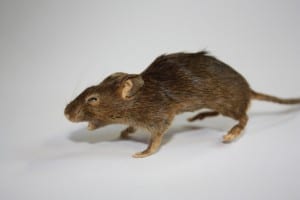

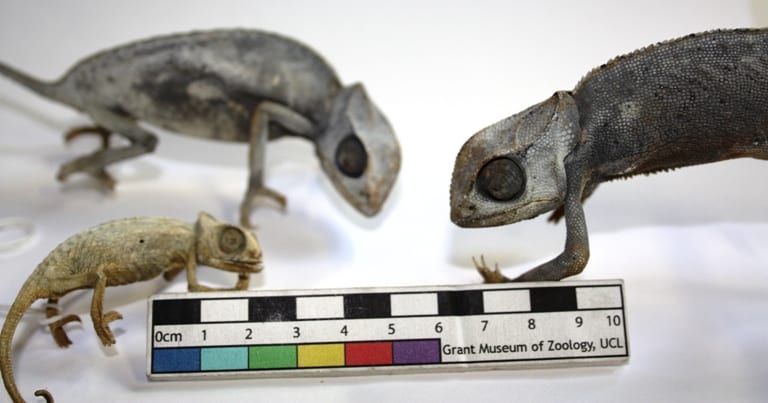
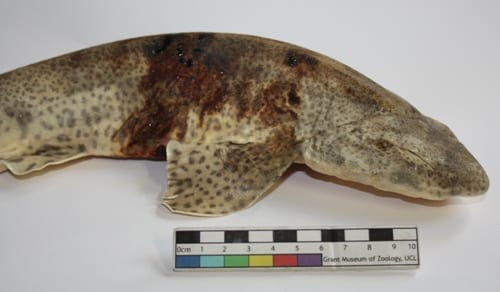
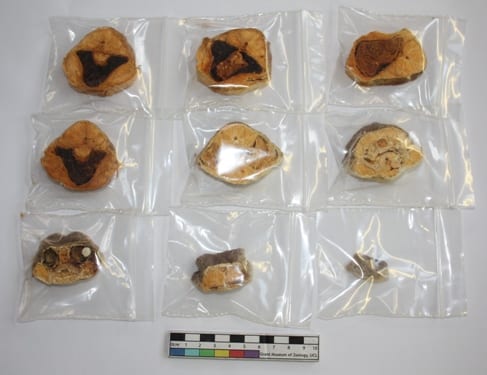
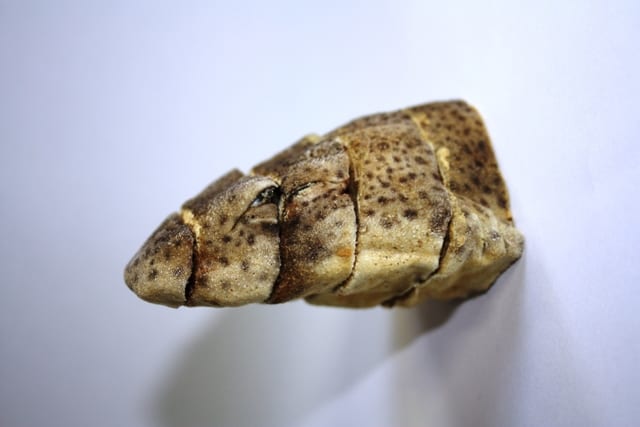
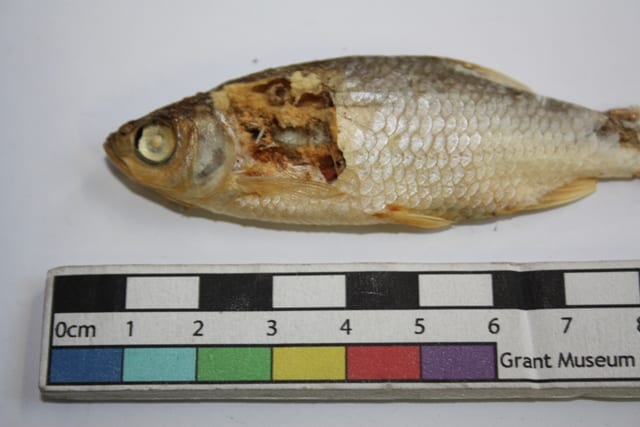
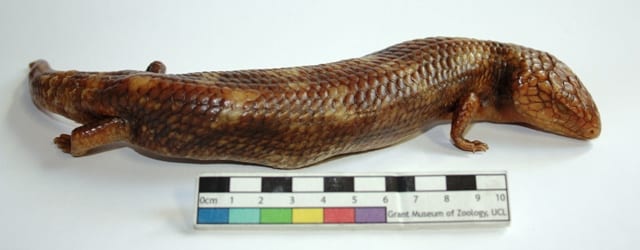


[…] Harris is most well known and the technique was used by a subsequent curator of the Grant Museum to freeze dry a number of our specimens. Harris’ reputation for skills in this area spread such that ‘the arrangement of spring […]